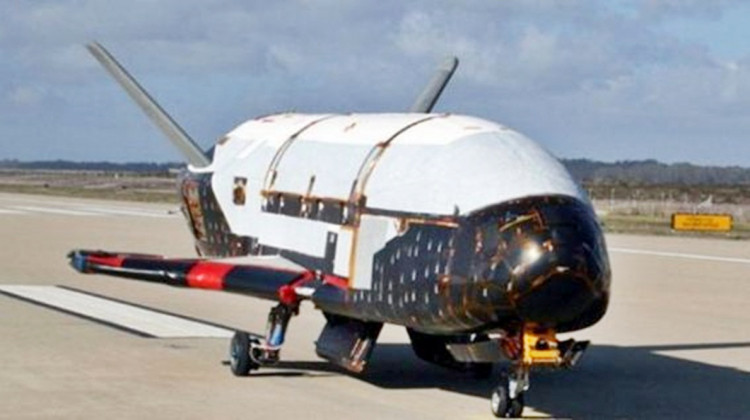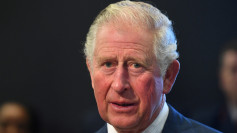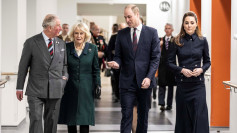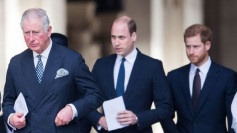There is reason to believe the "reusable experimental spacecraft" launched in secret by China on Sept. 4 is a winged, robotic space plane similar in configuration to the record-setting Boeing X-37B of the U.S. Air Force.
Evidence compiled by the Air Force from its space surveillance systems, satellite photos and analysis by scientists and other experts all point to the conclusion the craft is China's version of a spaceplane.
China has long said it was developing a reusable but powered Earth-to-orbit space vehicle capable of landing like an airplane similar to the U.S. space shuttles. In 2017, state-owned China Aerospace Science & Industry Corp. revealed it had completed several ground tests for engines and other components.
China Aerospace, which is China's the largest maker of missiles, also designs, develops and manufactures spacecraft and launch vehicles.
A Long March 2F rocket sent the reusable experimental spacecraft into orbit from the Jiuquan Satellite Launch Center in the Gobi Desert. Apart from the launch announcement, China provided no other details.
"After a period of in-orbit operation, the spacecraft will return to the scheduled landing site in China," a statement on state-owned Xinhua News Agency said. "It will test reusable technologies during its flight, providing technological support for the peaceful use of space."
This spacecraft landed Sept. 6 at a new five-kilometer-long runway built in the Gobi Desert near the Lop Nur nuclear test facility. The same day China announced the spacecraft had returned to a "scheduled landing site."
"The successful flight marked the country's important breakthrough in reusable spacecraft research and is expected to offer convenient and low-cost round-trip transport for the peaceful use of space," Xinhua News Agency said.
A satellite from Planet Labs, Inc. took photos of the new spacecraft some 15 minutes after it landed. Analysis confirmed the low-resolution images of an object parked on the runway was this spaceplane.
"I'm reading a lot into a few little dots," Jonathan McDowell, an astronomer with the Harvard-Smithsonian Center for Astrophysics, who tracks spacecraft and satellites, said.
"The information sort of all hangs together now that this was a test of something, probably a space plane, that made a winged reentry and landed on the runway."
The U.S. Air Force detected and tracked the space plane on its surveillance systems. This showed the spacecraft's orbit passed directly over the runway, which was aligned with its path.
McDowell said the ground track around the time of landing suggested the spaceplane might have landed at this mysterious new air base. Photo analysis shows the space plane is likely much smaller than both the Space Shuttle and the X-37B.






